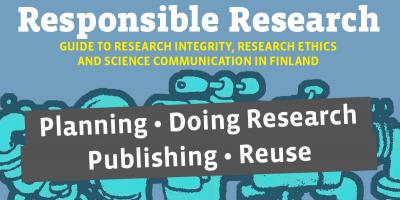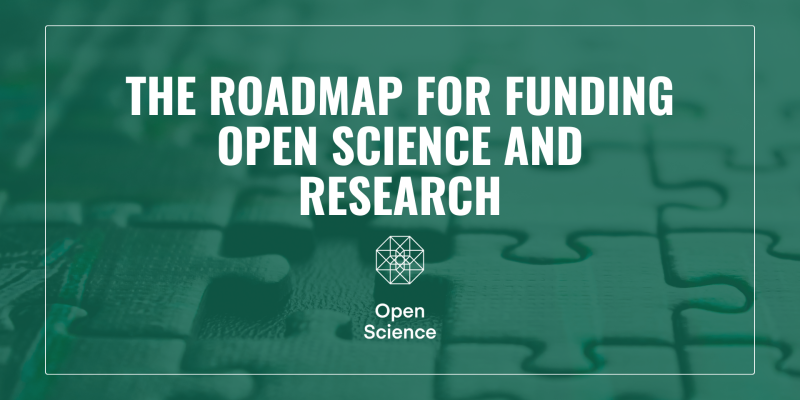ORCID provides each researcher with their own unique ID code, which helps to clearly determine the researcher’s authorship.
Problems of authorship and identification
Data on research work is increasingly moving online, and incorporating increasing detail. The different databases are excellent tools when searching for information on publications and for data, but at the same time they are subject to the regularities on data processing. As far as the information system is concerned, the researcher’s name is merely a character string devoid of content.
Because information provided about the researcher in connection with the publication is usually limited merely to the researcher’s name and affiliate institution, which often varies over the course of a research career, information systems are not in every case capable of distinguishing one researcher from another or gathering the right publications and materials under the name of the same researcher. Some of the problems arise from authors with the same name, authors changing their names, and different ways of spelling names. As far as the researcher’s own credit and visibility are concerned, however, it is essential that authorship can be clearly determined.
ORCID IDs for researchers
Problems associated with technical determination of authorship have been resolved by allocating researchers a unique ID code in the same way as books are allocated an ISBN and articles a DOI. Major commercial players have already been using these kinds of identifiers for quite a long time. The most well-known are Thomson Reuters’ ResearcherID and Elsevier’s Scopus Author ID. However, these identifiers only work in a limited fashion in the service created by the administrator of the ID. Libraries have their own International Standard Name Identifier (ISNI) for identifying people, managed by the central ISNI International Agency.
As far as the researcher’s own credit and visibility are concerned, it is essential that authorship can be clearly determined.
The Open Researcher and Contributor ID (ORCID) takes a different approach. It is designed to work with any service or system in principle, and researchers can freely register for an ID themselves. The service is backed by a non-profit organisation. The ID itself takes the form of a series of numbers and letters (e.g. 0000-0002-1534-109X), created automatically on registration with the ORCID service. Use of the ORCID ID is free of charge to the researcher.
After creating their ID, the researcher then always adds it along with their personal data, for example when entering metadata associated with an article manuscript, a book, a grant application or new research data to be stored. There are different ways of entering the ORCID ID in different services, but the ID is usually added using a button on the service’s user interface. In some cases, the ID can also be entered into a free text field, although it is not recommended by ORCID.
Moving data with ORCID
A researcher can add as much personal data to their own ORCID account as they wish, including information on education, employment, publications and areas of research and keywords. The ORCID account automatically receives suggestions of new publications when the researcher’s ORCID ID appears in the metadata of a publication. The researcher is able to define the privacy level of each piece of data separately. For example, a list of publications may be made either completely public or access to it may be completely restricted. Actively maintaining the information in the account is not a requirement for use of the ORCID ID, in other words all researchers need to do is create an account and add the ORCID ID to their own work.
Once use of ORCID IDs becomes more popular, it will offer many opportunities that will make researchers’ lives easier. For example, collection of publication data can be automated if researchers add their ORCID ID to their user account in their own university’s publication data system. It will also make it easier for researchers to search for publications by a particular researcher and make searching more accurate. At this stage, opportunities are limited by the low number of researchers with the ID and by the number of services that support the ORCID system, but both are gaining momentum in tandem.
Antti-Jussi Nygård, designer, KOTILAVA project
Further information:
You might also be interested in
Tämä teos on lisensoitu Creative Commons Nimeä 4.0 Kansainvälinen -lisenssillä. Detta verk är licensierat under en Creative Commons Erkännande 4.0 Licens. This work is licensed under a Creative Commons Attribution 4.0 International license.

